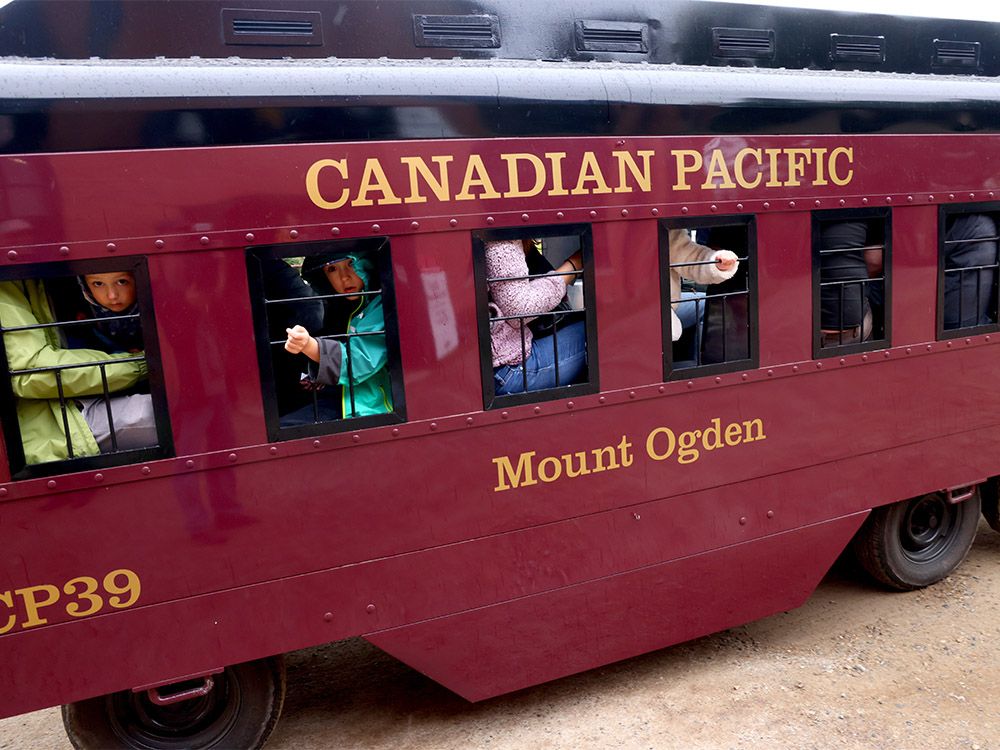Crown accuses convoy leaders Lich, Barber of working together to gridlock Ottawa

Closing arguments continued in the trial of Tamara Lich and Chris Barber on Wednesday, as prosecutors pointed to instances where the two key figures in what became the Freedom Convoy worked together during the winter 2022 protests.
Both have pleaded not guilty to charges of mischief, intimidation, obstruction and other counts related to their roles in organizing, promoting and raising money for the truck convoy that blocked streets in Ottawa’s downtown core to protest against COVID-19 vaccine mandates.
The lengthy trial started nearly a year ago and is now nearing its end.
When closing arguments began on Tuesday, prosecutors told the court they had an “overwhelming case” against the two and “significant” evidence.
Lich and Barber could face jail time if they are found guilty.
Crown prosecutors are asking the court to allow evidence applying to one of the accused to be used against both.
They argue the two acted together in a criminal enterprise to help orchestrate the blockage of downtown roads and other aspects of the protests, like security, fundraising and public relations.
During the second day of closing arguments, prosecutor Tim Radcliffe pointed to what he called instances of the two accused working together to gridlock the city — something that was accomplished over the course of three weeks.
Prosecutors cited text messages, press conferences and social media posts by Lich and Barber referring to unity and solidarity among the protesters, and pointed to their use of the pronouns “we” and “us.”
Before a courtroom audience that included several of the accused’s supporters, prosecutors used a slide show to give a week-by-week breakdown of the protests.
The court saw photos of Lich and Barber together in videos and photos during the protests, and speaking at press conferences together.
They were also part of establishing a “Freedom Convoy 2022” corporation and served on its board of directors.
Accused knew to leave
Prosecutors pointed to text messages retrieved by police from Barber’s phone indicating that, as early as Jan. 31, 2022 — two days into the protests — he was aware authorities had asked the protesters to leave the city but was refusing to do so until mandates were lifted.
They revisited a letter, introduced as evidence earlier in the trial, that was sent by Lich to then-Ottawa mayor Jim Watson in the middle of the protest. In it, she admitted the protesters’ presence was “disturbing” some residents.
Prosecutors used this and other evidence to argue Lich and Barber were well aware their actions during the protest had “crossed the line” into criminality but, rather than leaving, encouraged others to join them.
Defence lawyers for Lich and Barber have pointed to times when the two worked with police. They cited police giving Lich and Barber maps indicating where trucks should be parked during the protests and said the two acted alongside authorities in an effort to reduce the protest’s impact on residents.
Throughout closing submissions, prosecutors Radcliffe and Sibohan Westcher tried to dismantle that argument by pointing to videos and text messages. They cited Barber saying working with police was a “cat and mouse” game and that they had been left “baffled.”
Defence to begin closing arguments
Lawyers for Lich and Barber are expected to begin making their arguments Thursday morning.
The two accused did not call any evidence during the trial after prosecutors closed their case, arguing the bar had not been met to warrant a conviction.
The defence is expected to say that Lich and Barber’s words and actions in Ottawa were aimed at changing government policy on vaccine mandates.
Court filings show they likely will highlight how Lich and Barber repeatedly told protesters to remain peaceful, and argue that they were exercising their right to freedom of expression and peaceful assembly.
The defence is also expected to push against the claim that Lich and Barber acted in conspiracy and to argue that prosecutors are mistakenly presenting the Freedom Convoy as a single, unified event.




